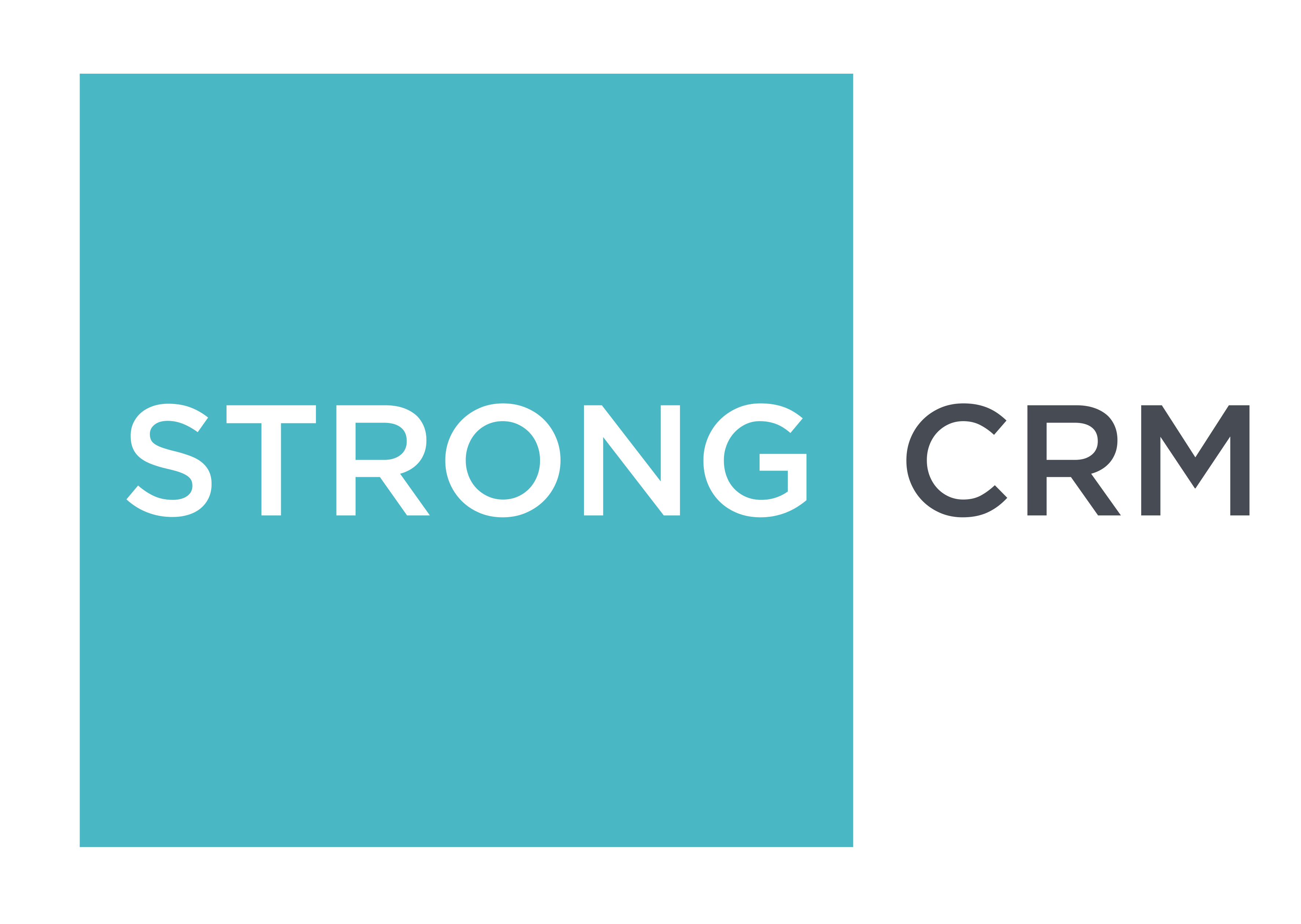What is a Data Warehouse?
For more updates like this, join our newsletter
Having the correct data at the right time empowers companies to accelerate their growth. Organizing and consolidating data from multiple sources in a way that is accessible for Business Intelligence is critical to scalability. A Data Warehouse achieves this, and has become a must-have data solution among small, mid-market and enterprise-level companies across every industry.
If you are still using spreadsheets or a rudimentary CRM to store and analyze your data in 2023, you are stunting your growth as a business and falling behind your competitors. As your business matures, your data sources become increasingly complex and require a more sophisticated solution for data storage and analysis, like a Data Warehouse.
What is a Data Warehouse?
A data warehouse is a data management system that is capable of storing, retrieving, and analyzing vast amounts of business data. Information stored in a data warehouse can originate from a variety of sources including other relational databases, Customer Relationship Management (CRM) platforms, e-commerce platforms and point-of-sale systems, and more. Data Warehouses are also capable of storing different types of data, such as customer data, industry and economic data, or sales and marketing data.
Imagine this: you are a marketing professional who is tasked with analyzing your company’s marketing data from the past 5 years so the team can interpret the data to create a new strategy based on their most successful marketing channels and campaigns during that time frame. You don’t have a data warehouse integrated with your marketing stack, so you need to acquire data from the marketing cloud, the email platform, social media analytics, Google Ads, webinars, etc. and compare them manually in tedious fashion. This was my situation, and it is a humble example of the benefit of utilizing a Data Warehouse.
Data Warehouse vs Data Lake
Often we hear Data Warehouse and Data Lake used interchangeably. These are two very different things – though they can be related. A Data Warehouse is a structured, cleaned database that is ready to use for reporting across various systems. A Data Lake is an unstructured, raw set of data that continually stores all organizational data. Typically Data Lakes are much larger than Data Warehouses and are not built with BI tools and reporting in mind.
Why do I need a Data Warehouse?
Consolidating all of a company’s data from multiple sources into a single location is extremely beneficial for data scientists and business intelligence (BI) analysts. A Data Warehouse acts as a single source of truth across all your systems and allows you to access and analyze large amounts of historical data to inform your business decisions. Other benefits include:
- Easy access to your data
- Consistency across your sources of data
- Improved data visualization and analysis
- Improved Forecasting and BI
How can I access my data in a Data Warehouse?
Your data warehouse must be integrated with each of your systems before you can begin organizing and consolidating your data for storage and access. Due to the complexity and vastness of the database, the easiest way to interact with your data is through programming languages used for databases such as SQL (Structured Query Language). Queries perform an action within the database, such as retrieving a specified dataset for analysis. Many Data Warehouses have a modernized UI that is user-friendly and allows for easy access.
How do I decide on a Data Warehouse?
There are a number of factors that go into choosing a data warehouse that is appropriate for your organization. Price, accessibility, database size, and complexity of data should all be considered when shopping around. With that in mind, we will share a few recommendations and use cases to help you decide on a solution that is right for you.
-
- Early to the scene, Snowflake is arguably the biggest player in data warehousing today
- Modern and easy-to-use platform
- Fairly universal, should be compatible with your entire tech stack
- Offers endless data storage and data sources
- Price may be a concern, but the cost will be worth it if it suits your data needs.
-
- Excellent integration with the rest of the google cloud, including data studio
- Completely free for your first 10G of data, allowing you to utilize it at no cost while your company is growing and gathering data
- Be ready to upgrade or switch to another solution when your growth calls for it.
-
- Exists inside the AWS ecosystem – so if you already use AWS it is highly recommended
- Offer better APIs due to Amazon Web Services
- Faster query times
- Reasonable cost for small to mid-sized companies
One more thing – you’ll probably need an ETL
While a data warehouse is a great tool, you have to also get data into that data warehouse. This requires an ETL, which stands for Extract, Transform, Load. ETLs extract data from the various systems you want to integrate with, transform that data into a single, clean dataset, and load the data into the data warehouse. We will write a post on our favorite ETLs in a future blog, but here are a few of the ETLs that we use:
Need Some Help?
We are constantly implementing data solutions for our clients, and would be happy to answer your data questions and offer our recommendations to you at no cost. Contact our team today if you could use some help!

